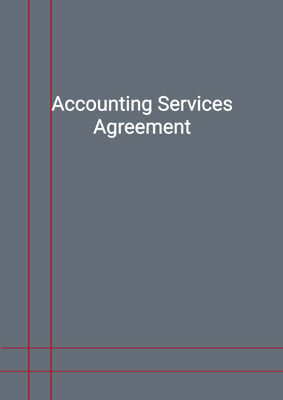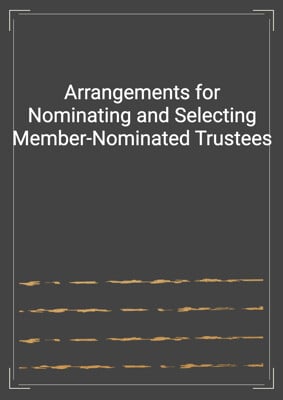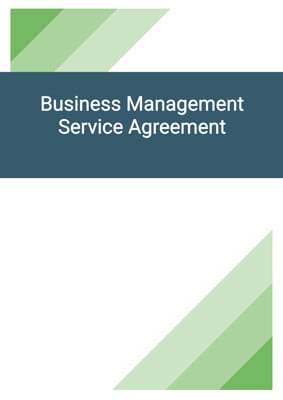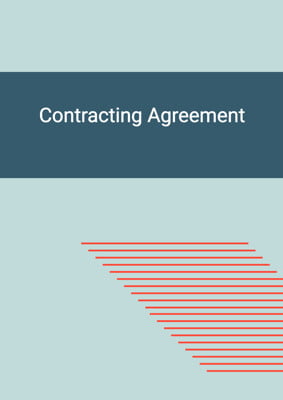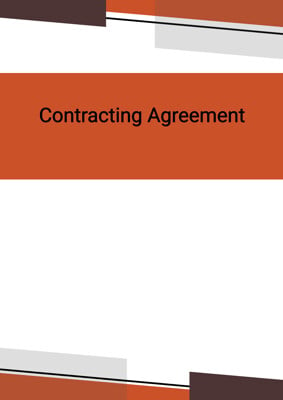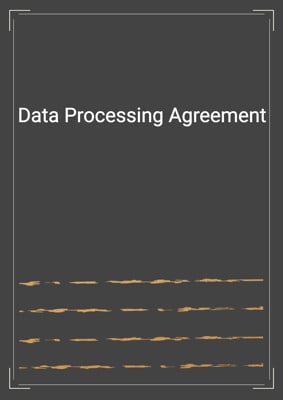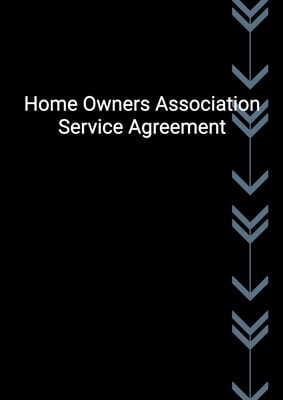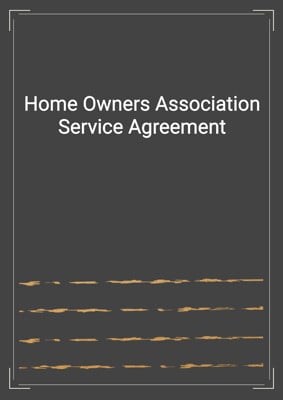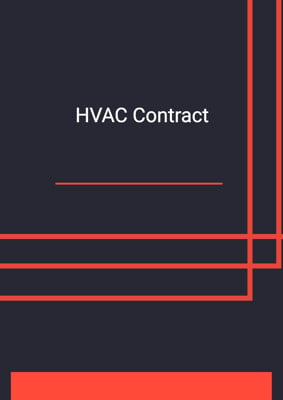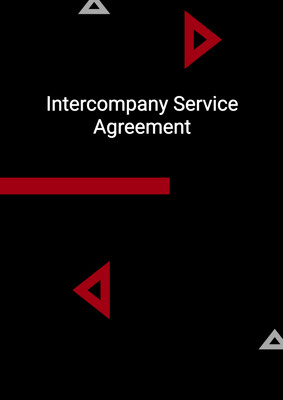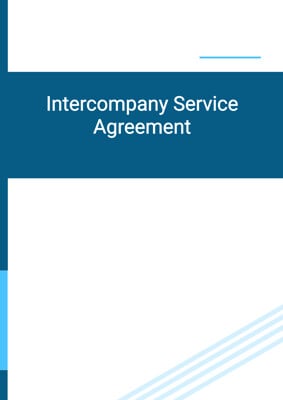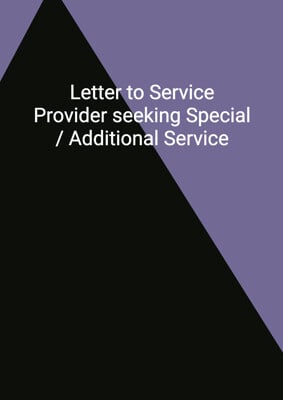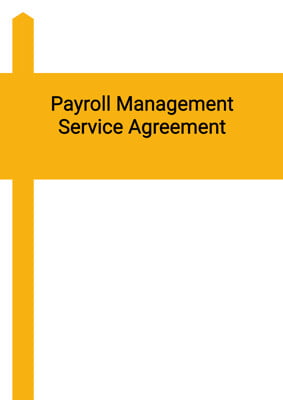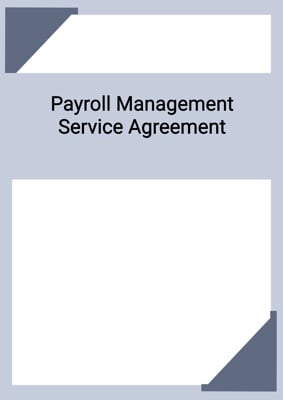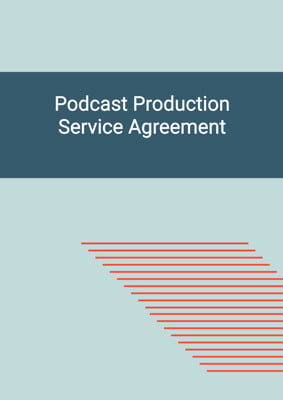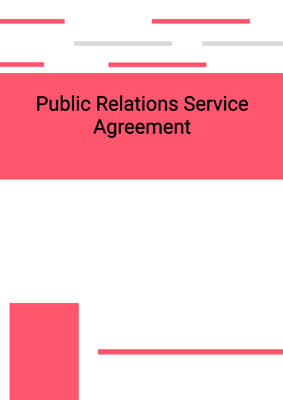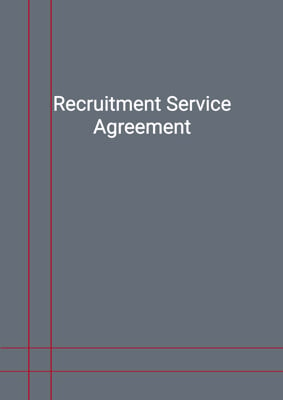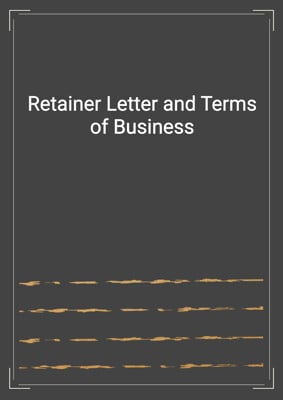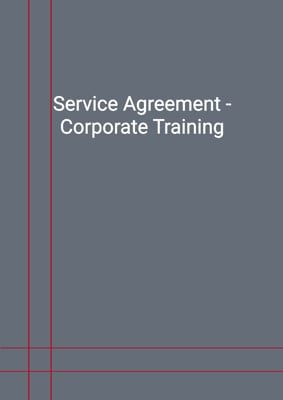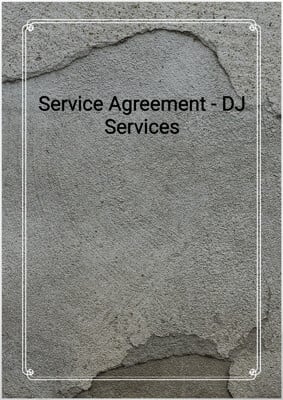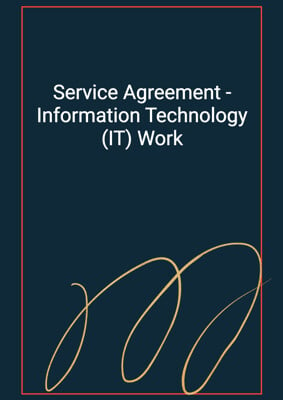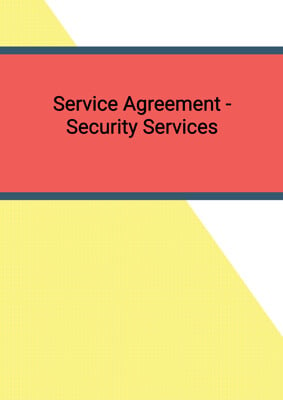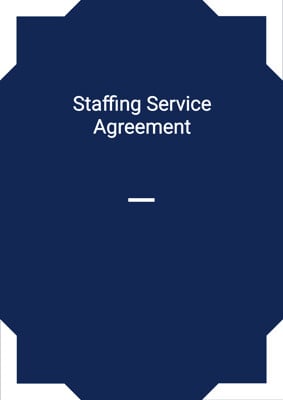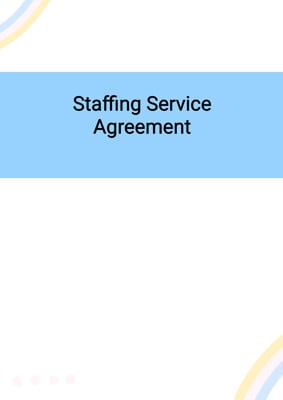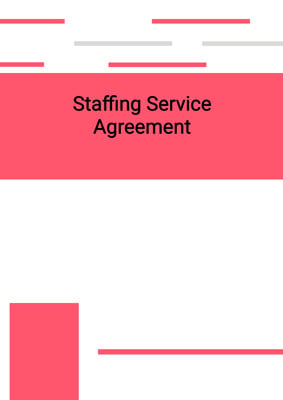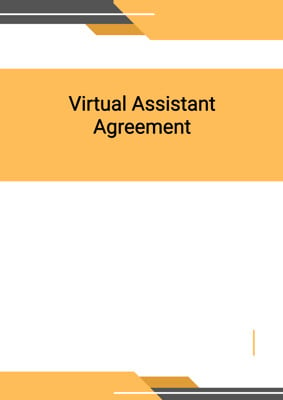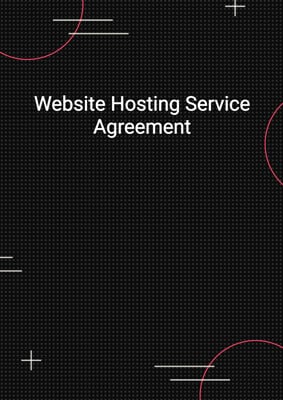How to Tailor the Document for Your Need?
01
Create Document
Fill in the details of the parties. You can click the "Fill with Member’s Information" button to complete it with information saved to your account.
02
Fill Information
Please fill in any additional information by following the step-by-step guide on the left hand side of the preview document and click the "Next" button.
03
Get Document
When you are done, click the "Get Document" button and you can download the document in Word or PDF format.
04
Review Document
Please get all parties to review the document carefully and make any final modifications to ensure that the details are correct before signing the document.
Document Preview
Document Description
The Service Agreement - Corporate Training is a document that outlines the terms and conditions for the provision of on-site corporate training services. It is important because it establishes a clear understanding between the service provider and the client regarding the scope of work, obligations, and payment terms.
The entire document is divided into several sections, each addressing different aspects of the agreement. The first section is the interpretation section, which defines key terms used throughout the agreement. This ensures that both parties have a common understanding of the terminology used.
The second section outlines the service provider's obligations. It specifies that the service provider will use their professional knowledge and skills to provide the services at the designated location. It also mentions that the service provider may provide additional materials to support the training services.
The third section focuses on the completion of the work. It emphasizes that time is of the essence and that the services should be completed by the agreed-upon completion date. It also allows for the possibility of an extension if there are valid reasons for the delay.
The fourth section addresses the workers involved in providing the services. It states that the service provider will assign a team of employees to perform the services and reserves the right to substitute employees if necessary. It also outlines the break and substance abuse policies for the employees.
The fifth section discusses the laws and permits required for providing the services. It states that the client is responsible for obtaining any necessary licenses or permits for the service provider to perform the services.
The sixth section highlights the technical requirements for utilizing the services. It mentions that the client may need specific software or hardware to fully utilize the services and that the service provider will inform the client of these requirements in advance.
The seventh section covers the release of liability and the use of photographs. It grants the service provider the right to use photographs of the venue and attendees for various purposes and releases the service provider from any claims related to the use of these photographs.
The eighth section addresses licensing, insurance, and service fees. It states that the service provider will obtain the necessary licenses and approvals for doing business and outlines the client's responsibility for any injuries caused by their gross negligence. It also specifies the payment terms and procedures for invoicing and disputes.
The ninth section includes warranties and indemnities. It requires the client to promptly report any defects in the services and obligates the service provider to rectify any reported defects. It also limits the liability of the service provider and includes an indemnification clause.
The tenth section covers the term and termination of the agreement. It specifies the duration of the agreement and the conditions under which either party can terminate it.
The eleventh section addresses the ownership of materials. It states that the service provider reserves all intellectual property rights but grants the client a license to use the deliverables and services.
The twelfth section deals with confidential information. It requires both parties to keep confidential any information disclosed during the agreement, subject to certain exceptions.
The thirteenth section covers announcements and publicity. It states that no announcement or disclosure regarding the agreement should be made without the prior written approval of all parties.
The fourteenth section allows for amendments to the agreement, provided they are in writing and signed by the parties. It also clarifies that variations do not constitute a waiver of any provisions.
The fifteenth section addresses assignment and sub-contracting. It states that the client cannot assign the agreement or sub-contract the performance without the written consent of the other party.
The sixteenth section deals with severability. It states that if any provision of the agreement is deemed illegal or unenforceable, it will be removed, but the remaining provisions will remain in full force and effect.
The seventeenth section requires the parties to perform any further acts or execute additional documents necessary to implement the agreement.
The eighteenth section includes a warranty of capacity and power. It states that each party has the authority and capacity to enter into and carry out their obligations under the agreement.
The nineteenth section addresses force majeure. It states that none of the parties will be liable for any failure or delay in performing their obligations due to causes beyond their control.
The twentieth section clarifies that the agreement does not confer any rights on third parties.
The twenty-first section provides for arbitration and the proper law governing the agreement. It encourages the parties to resolve disputes amicably and specifies the jurisdiction for any legal proceedings.
The twenty-second section outlines the procedures for giving notices and serving documents under the agreement.
The twenty-third section allows for the execution of the agreement in counterparts, with each counterpart being considered an original document.
The Service Agreement - Corporate Training is a comprehensive document that covers all aspects of the relationship between the service provider and the client. It ensures that both parties have a clear understanding of their rights, obligations, and responsibilities.
How to use this document?
1. Provide information: Enter the service provider's and client's information, including their principal place of business. This ensures clear identification of both parties.
2. Specify the services: Clearly describe the on-site corporate training services to be provided by the service provider. Include details such as the location of the training and any additional materials that will be provided.
3. Agree on completion date: Establish a completion date for the services. If necessary, allow for extensions based on valid reasons for delay.
4. Assign employees: The service provider should assign a team of employees to perform the services. Reserve the right to substitute employees if needed.
5. Comply with laws and regulations: Ensure that the service provider complies with all applicable laws and regulations, including those related to anti-bribery, corruption, and data protection.
6. Obtain necessary licenses and permits: The client should obtain any licenses, permits, or permissions required for the service provider to provide the services.
7. Communicate technical requirements: Inform the client of any specific software or hardware requirements needed to utilize the services. Provide this information at least 15 days before the commencement of the service.
8. Release of liability and use of photographs: Obtain the client's consent for the service provider to use photographs of the venue and attendees for various purposes. Clarify any claims or liabilities related to the use of these photographs.
9. Establish service fees: Agree on the service fee payable by the client for the services. Specify the payment schedule and procedures for invoicing and dispute resolution.
10. Provide warranties and indemnities: Define the client's obligation to report any defects in the services and the service provider's responsibility to rectify them. Include an indemnification clause to protect the service provider.
11. Determine the term and termination: Specify the duration of the agreement and the conditions under which either party can terminate it. Clarify the consequences of termination, including any outstanding balances.
12. Address ownership of materials: Clarify the service provider's intellectual property rights and grant the client a license to use the deliverables and services.
13. Maintain confidentiality: Ensure that both parties keep any confidential information disclosed during the agreement confidential, subject to certain exceptions.
14. Seek approval for announcements: Obtain written approval from all parties before making any announcements or disclosures related to the agreement.
15. Allow for amendments: Any changes to the agreement should be in writing and signed by all parties. Clarify that variations do not waive any provisions.
16. Prohibit assignment and sub-contracting: The client cannot assign the agreement or sub-contract the performance without the written consent of the other party.
17. Address severability: If any provision of the agreement is deemed illegal or unenforceable, it will be removed, but the remaining provisions will remain in effect.
18. Perform necessary acts and execute documents: Both parties should fulfill any further acts or execute additional documents required to implement the agreement.
19. Warranty of capacity and power: Represent that each party has the authority and capacity to enter into and carry out their obligations under the agreement.
20. Account for force majeure: Clarify that none of the parties will be liable for any failure or delay in performing their obligations due to causes beyond their control.
21. Clarify no rights for third parties: Specify that the agreement does not confer any rights on third parties.
22. Resolve disputes through arbitration: Encourage the parties to resolve disputes amicably and specify the proper law governing the agreement.
23. Follow proper notice procedures: Serve notices by hand, email, or post in accordance with the specified timelines.
24. Execute counterparts: The agreement may be executed in multiple counterparts, with each counterpart considered an original document.
Not the right document?
Don’t worry, we have thousands of documents for you to choose from:

